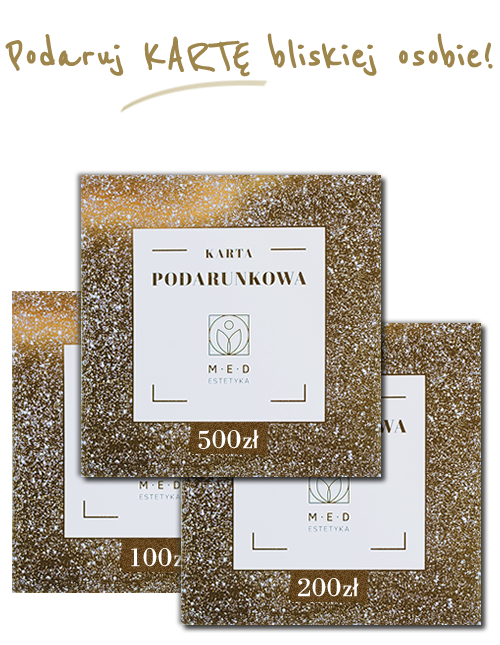OCT - angiography
Referral: Not required
Age range: Depends on the doctor - please check the doctor's business card for details
Waiting time for the result: Result available immediately after the test.
Price list
-
OCT - angiography200zł
Preparation
- Ophthalmologic examination may require pupil dilation - Patient sees worse for about 2-3 hours after the examination.
During this time, he should not drive or perform activities that require correct vision. - Zapping the drops may cause watery eyes - for the patient's safety and comfort, it is recommended to wash off eye makeup before counseling.
Description of the study
Angio OCT (OCTA) is an OCT examination of the macula with imaging of the retinal and choroidal vessels using spectral tomography. Imaging of the vessels is done at different depths of the retina and choroid so that it is possible to localize lesions and determine their nature. OCTA does not require the administration of contrast and is a completely non-invasive procedure.
Course of the examination: To visualize the relevant area on the fundus, the patient is asked to direct his or her gaze in different directions. Periodically, the patient may be asked to refrain from blinking. It may be necessary to dilate the pupils with drops - this is decided by the doctor. The examination is painless, the light beam with which the camera takes measurements is completely safe for the eye.


